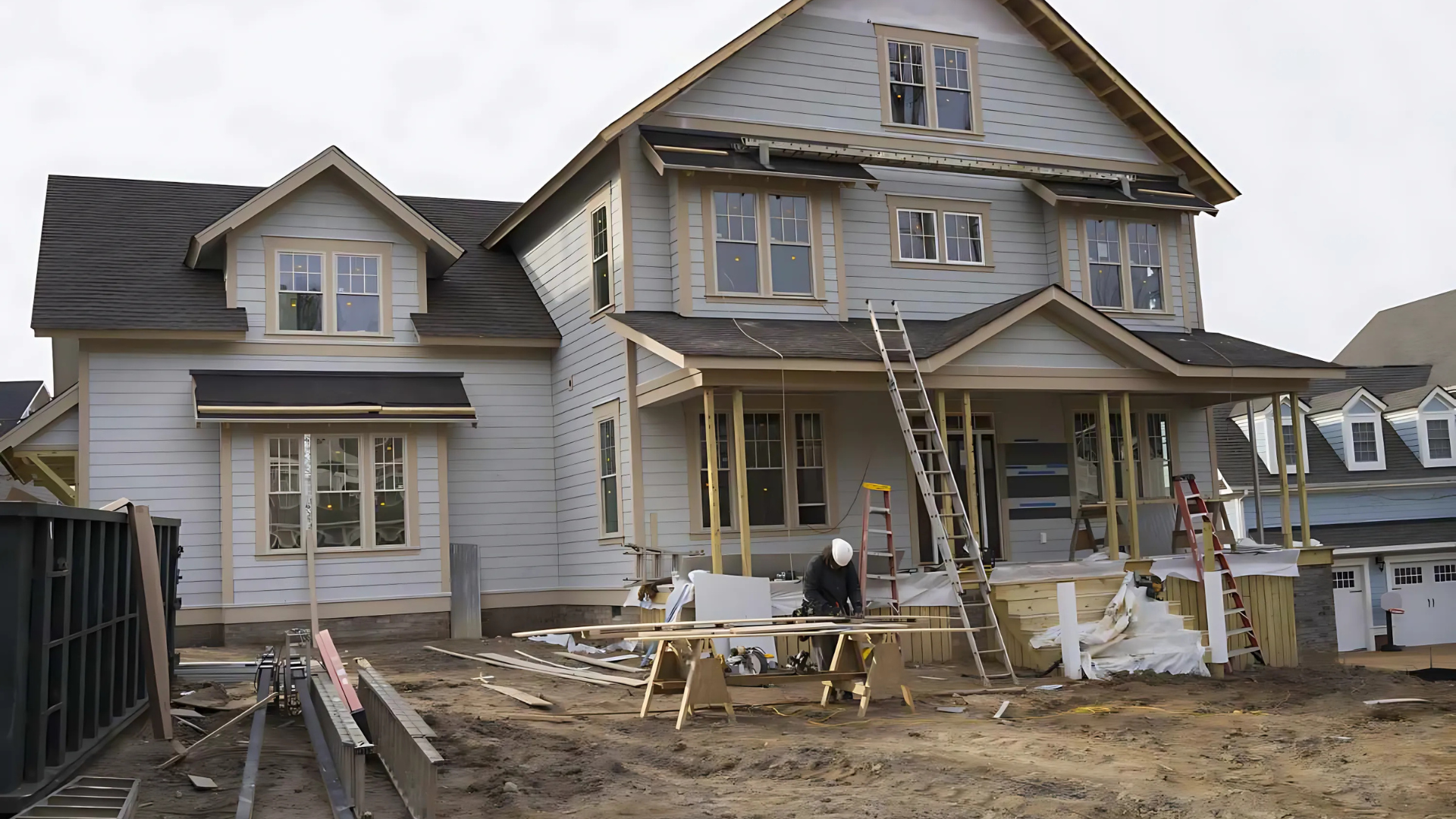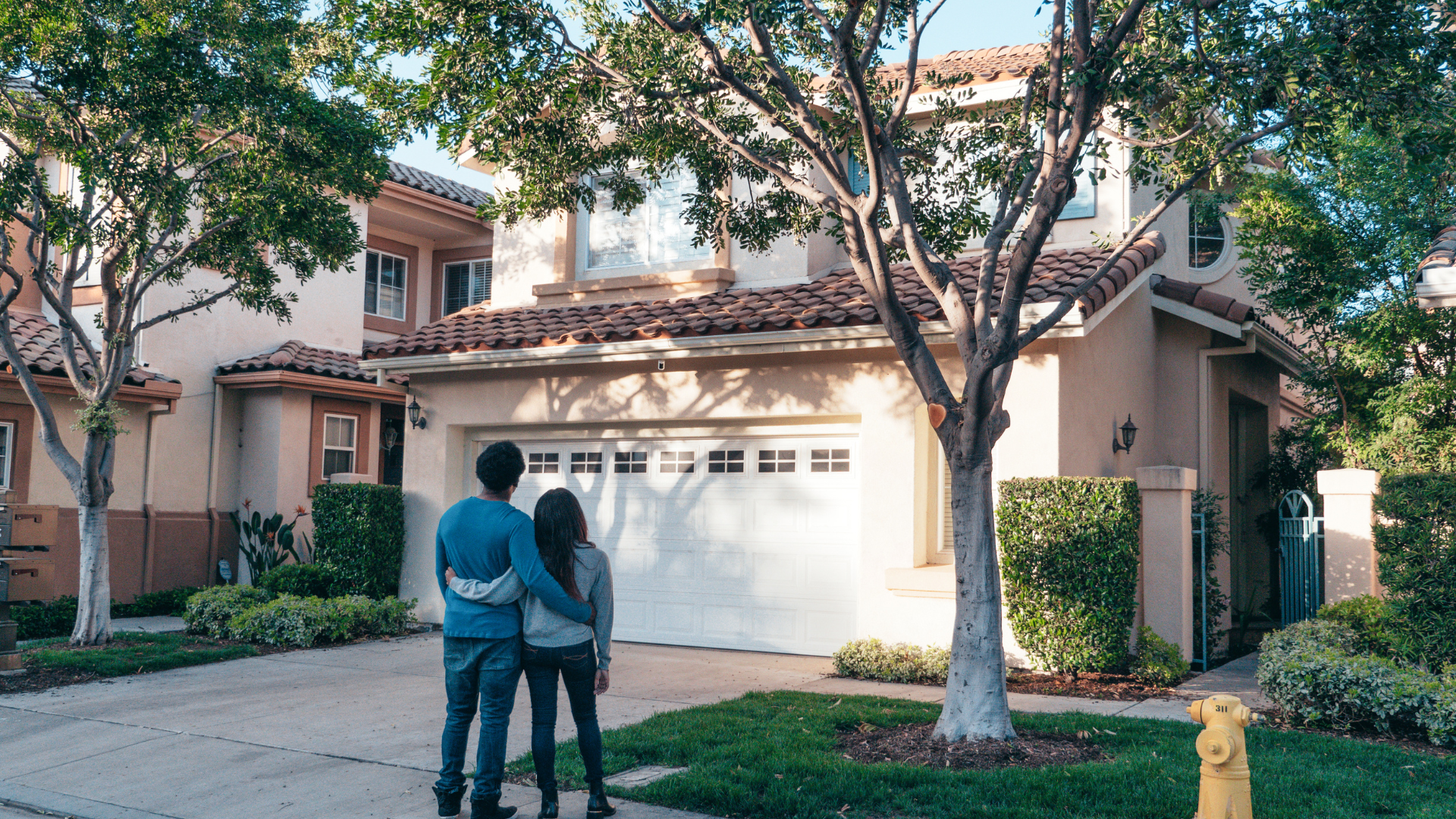Finding the best balance bike for a 2-year-old can feel overwhelming with so many choices on the market. Parents want something safe, easy to handle, and built to match a toddler’s size and growing skills.
Balance bikes are recommended because they help kids develop balance, coordination, and confidence before moving on to pedals.
I found that a lightweight design and an adjustable seat are the two most important features to check first.
This blog includes a clear overview of why balance bikes are great at this age, the best models for the budget, and practical tips.
Why Get a Balance Bike at Age 2?
At age 2, kids are just starting to gain confidence in movement. A balance bike helps them practice coordination, steering, and balance in a safe way. It’s simpler than a tricycle and gives them more freedom to move.
Balance bikes build core strength and motor skills. Kids learn to push with their feet, glide, and keep steady. This makes the later switch to a pedal bike much smoother.
Most toddlers show readiness around 18–24 months. Signs include walking steadily, climbing with ease, and showing curiosity about bikes or scooters.
Many pediatricians and physical therapists recommend balance bikes. They see them as a fun, safe tool for developing balance early, without the frustration of training wheels.
Best Balance Bikes for Toddlers
There are many balance bikes for toddlers, but some stand out for their quality, safety, and ease of use. The top options for 2-year-olds, each with unique strengths to fit different needs and budgets.
1. Strider 12 Sport

The Strider 12 Sport is a highly popular toddler balance bike. It weighs around 6.7 lb, features a steel frame with adjustable saddle and handlebars, and comes with EVA foam tires (so no flats).
It’s priced around $109–139. Its simplicity and durability make it a favorite for first-time riders and many parent reviewers.
2. Woom 1
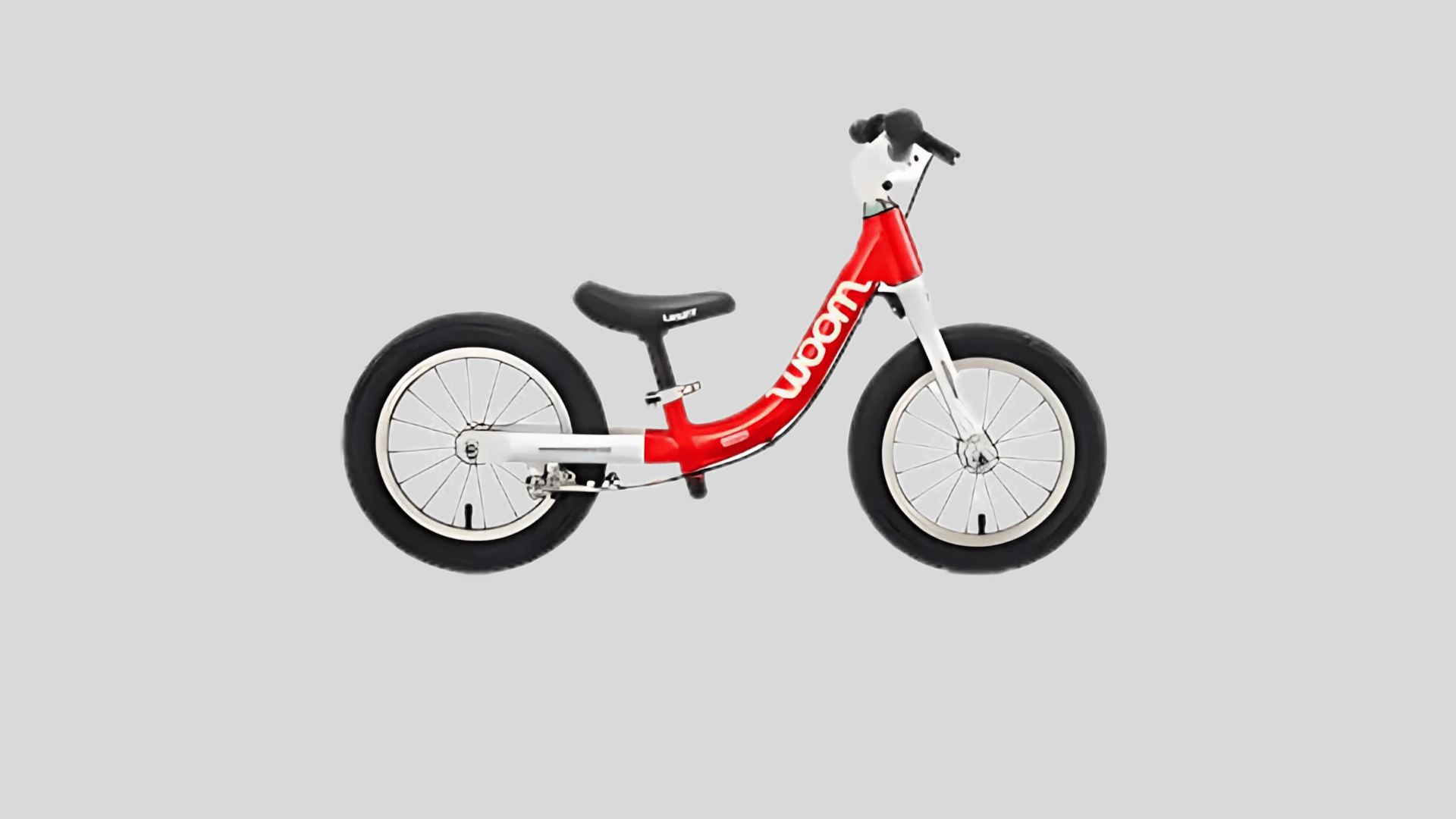
The Woom 1 is ultra-lightweight (6.6 lb) and designed with a very low standover height (around 10 in), making it ideal for small toddlers. It uses an aluminum frame, adjustable parts, and air tires.
Price is typically $199–249. Parents love it for its ease of use and smooth transitions toward pedal bikes.
3. KRIDDO
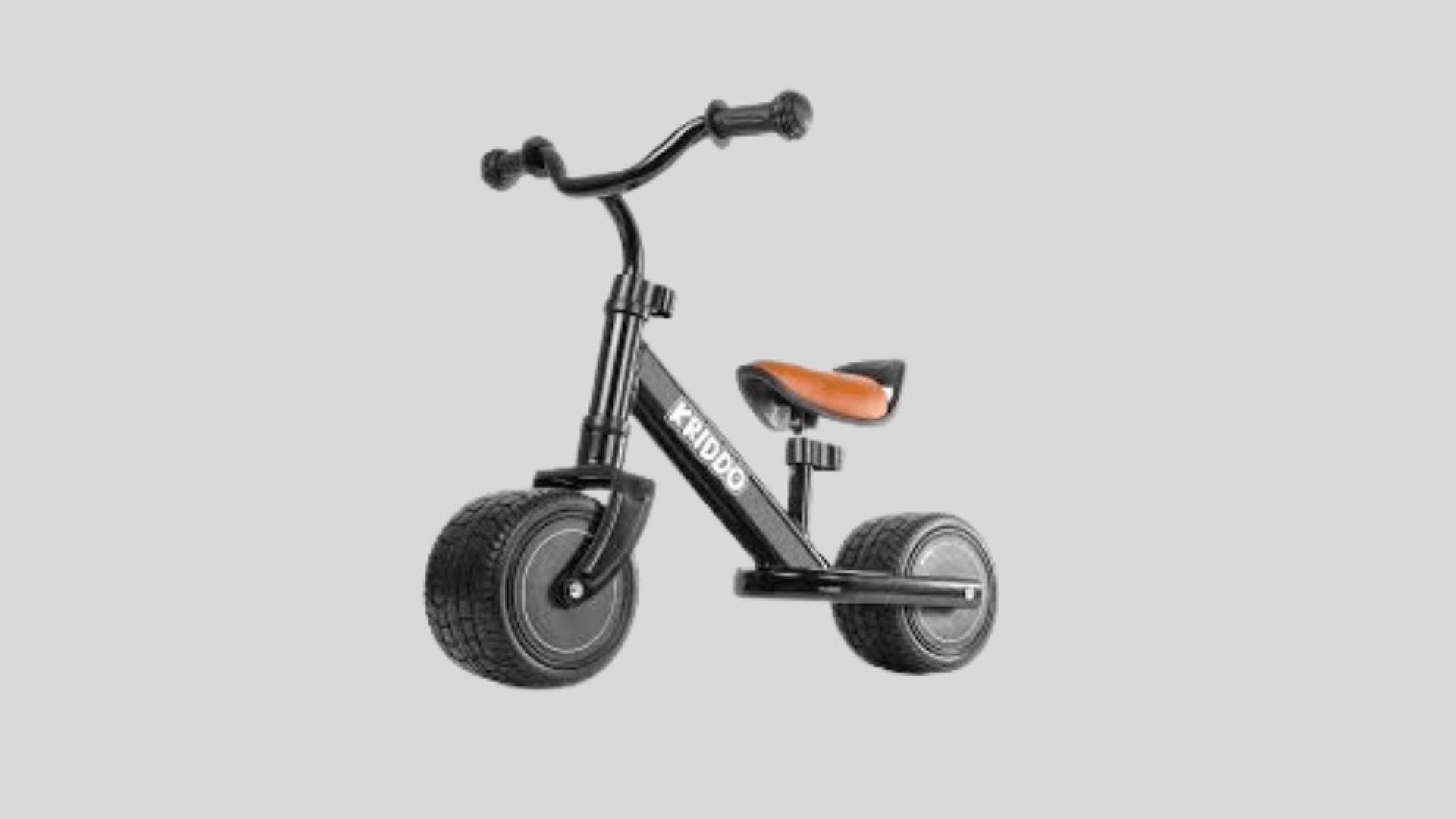
The KRIDDO balance bike often retails for $55–65. It uses a carbon steel (or aluminum variant) frame, adjustable saddle and handlebars, and puncture-resistant tires.
It includes a customizable nameplate, too. Its weight is modest, and it supports up to 110 lbs. It’s a solid budget choice with an adjustable fit.
4. Radio Flyer (Ultra Lite/balance models)
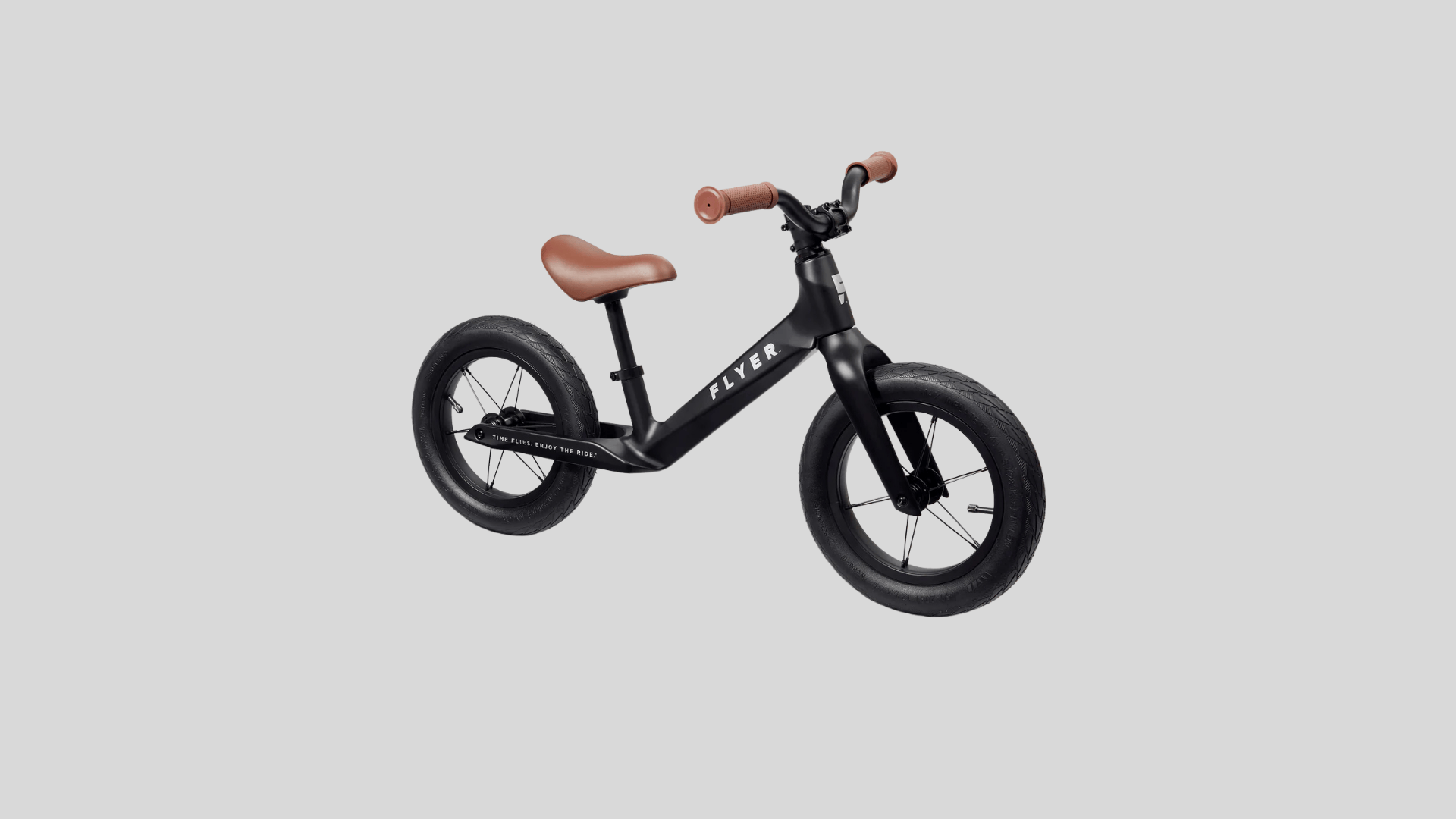
Radio Flyer’s Ultra Lite or balance models target affordability and ease. They often use lightweight but sturdy frames, a simple design without many bells or whistles, and are easy to assemble.
Pricing is usually in the low to mid $69–99 range, making them accessible starter options. (Note: they typically skip advanced features like air tires or brakes.)
5. Early Rider
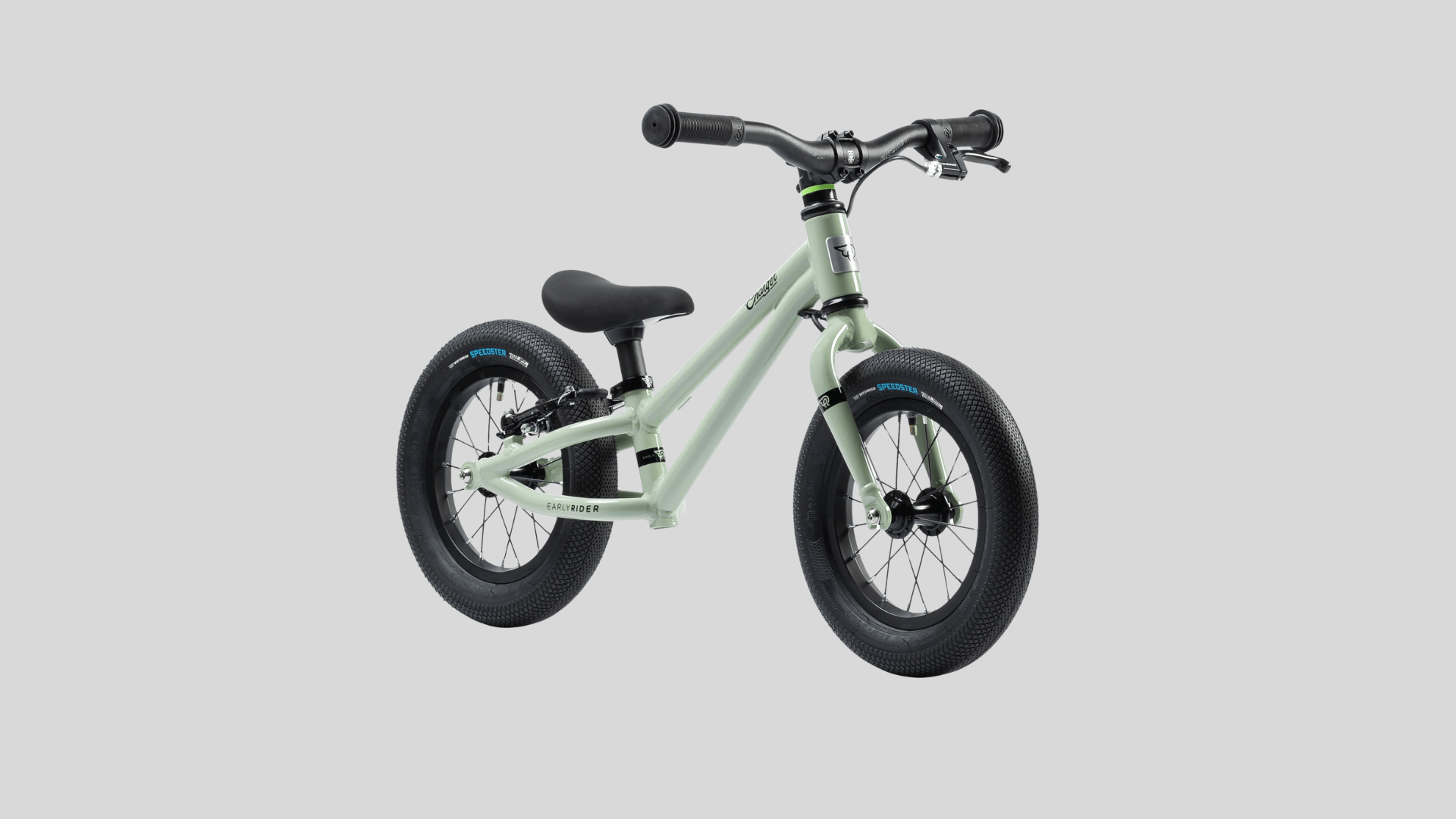
Early Rider bikes combine high-end geometry and quality materials. Their balance bikes often use aluminum frames, air tires, and thoughtful child-centered design.
These are premium options, priced in the $150–250+ range. They’re praised for being durable, smooth to ride, and built to last across multiple children.
6. Banwood
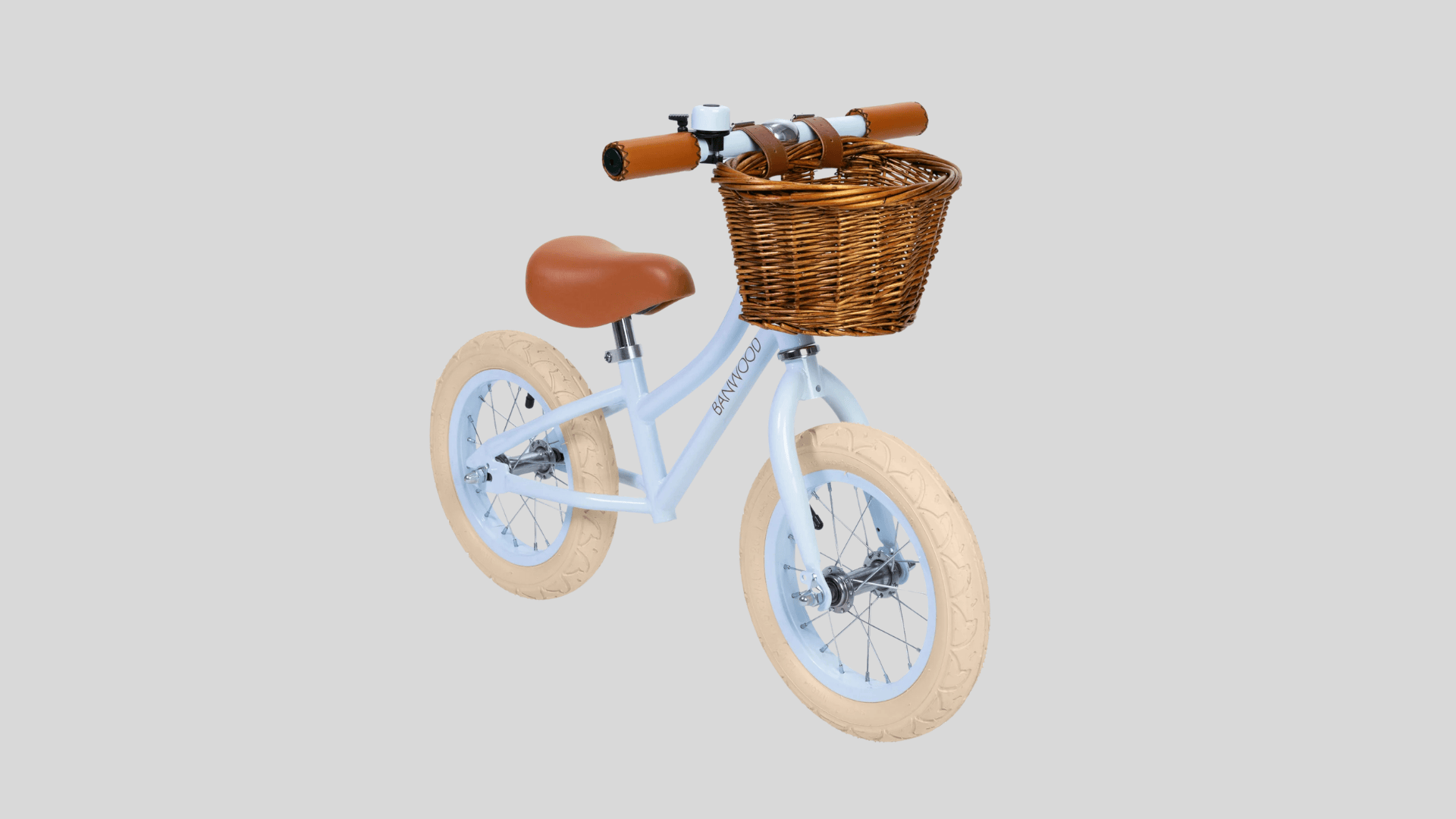
Banwood’s balance bike stands out for its vintage design, steel frame, adjustable seat, and included wicker basket. The price is about $180.
Though stylish, it’s somewhat heavy (close to 10 lb), which may be a drawback for small toddlers. It appeals more to parents who value aesthetics plus functionality.
7. Prevelo Alpha Zero

The Prevelo Alpha Zero is built for performance, with a butted 6061 aluminum frame, low center of gravity, internal cable routing, and a rear V-brake for braking practice.
It weighs about 6.9 lb and costs around $259. Its quick-adjust seat and kid-friendly geometry make it a high-end option for serious toddler riders.
8. Guardian Balance Bike
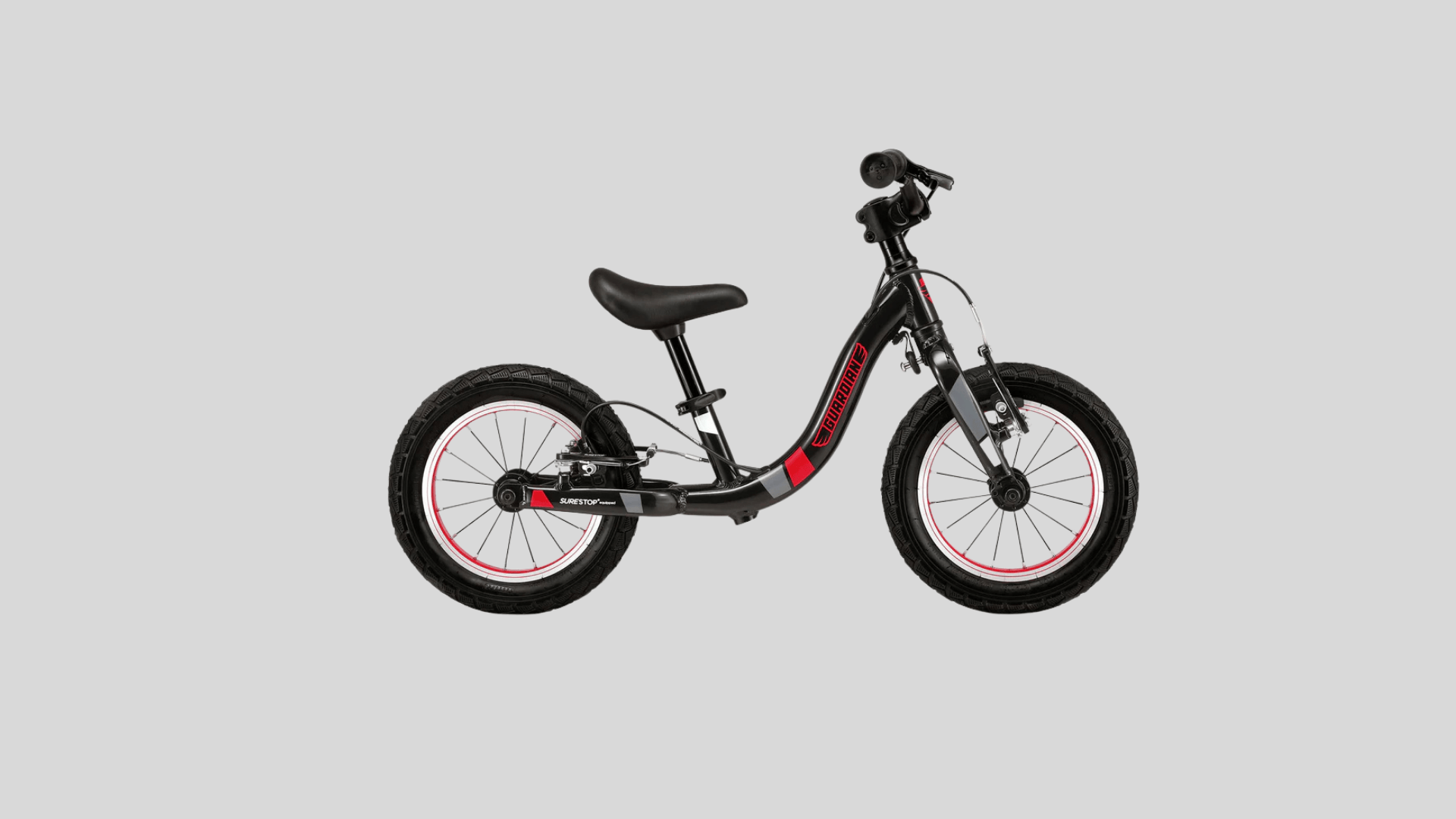
Guardian’s balance bike includes the patented SureStop braking system (single lever controls both front & rear), aluminum frame, air tires, low standover height, and tool-free adjustable seat.
It weighs 8.5 lb and costs around $149. Reviewers praise its safety system and performance, though note limited headroom in seat adjustment.
9. Retrospec Cub / Cub Plus
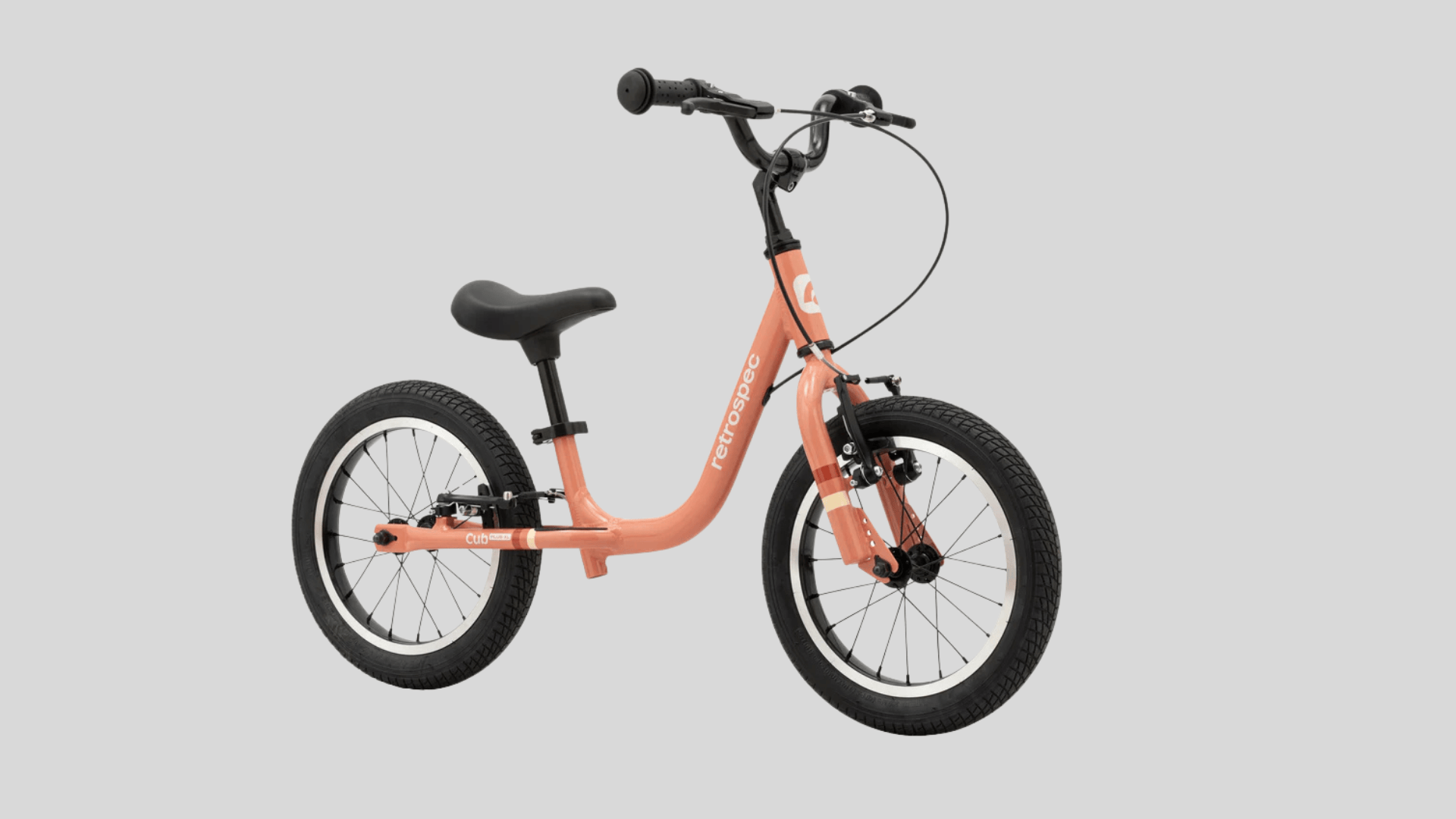
The Retrospec Cub series starts at about $79 for the base model, going up to $149 for the Cub Plus or XL. The Cub uses foam tires with a steel frame; the Plus adds air tires and a handbrake.
Seat and handlebars adjust, and the minimum seat height is quite low (11.5 in), making it suitable early on.
Balance Bike Comparison Chart for Toddlers
Choosing the right balance bike can feel overwhelming with so many options. This comparison table puts the key specs side by side so you can quickly spot the differences and narrow down the best fit for your child:
| Model | Weight | Frame Material | Tire Type | Seat Height Range | Price Range | Special Features |
|---|---|---|---|---|---|---|
| Strider 12 Sport | 6.7 lb | Steel | EVA foam | 11–16 in | $109–139 | Tool-free adjustability, no-flat tires |
| Woom 1 | 6.6 lb | Aluminum | Air | 10–14 in | $199–249 | Extra-low standover, premium lightweight design |
| KRIDDO | 7–8 lb | Carbon steel / Aluminum | Foam or puncture-resistant | 12–16 in | $55–65 | Customizable nameplate, high weight capacity |
| Radio Flyer (Ultra Lite) | 6–7 lb | Steel / Composite | Foam | 12–15 in | $69–99 | Lightweight, simple assembly |
| Early Rider | 7 lb | Aluminum | Air | 11–16 in | $150–250+ | High-end geometry, smooth ride |
| Banwood | 9–10 lb | Steel | Air | 12–15 in | $180 | Vintage design, wicker basket |
| Prevelo Alpha Zero | 6.9 lb | Aluminum | Air | 11–16 in | $259 | Rear V-brake, low center of gravity |
| Guardian Balance Bike | 8.5 lb | Aluminum | Air | 12–15 in | $149 | SureStop braking system, tool-free seat adjust |
| Retrospec Cub / Cub Plus | 9–10 lb | Steel | Foam (Cub) / Air + brake (Plus) | 11.5–16 in | $79–149 | Options for brake upgrade, multiple sizes |
This table gives you a clear snapshot of what each bike offers. Once you’ve spotted the features that matter most, it’s easier to choose a model that feels right for both you and your toddler.
Key Features to Look For
When choosing a balance bike for your 2-year-old, a few features make all the difference. The right design can help your child ride safely, feel more confident, and enjoy the experience from the very first try:
- Lightweight frame importance: A lighter bike is easier for toddlers to push and steer. It also makes carrying the bike simpler for parents during outings.
- Seat & handlebar adjustability: Adjustable parts let the bike grow with your child. This ensures proper fit, better posture, and comfort over time.
- Foam vs. air tires (pros/cons): Foam tires are light, durable, and never go flat, while air tires give better grip and smoother rides outdoors.
- Safety & comfort features (grips, brakes): Non-slip grips and padded seats improve comfort. Optional hand brakes prepare kids for pedal bikes later.
Keeping these features in mind will help you choose a bike that fits your child’s needs today and continues to support their growth tomorrow.
Parent & Expert Insights
Many pediatric physical therapists recommend balance bikes over tricycles. They say balance bikes build core strength, coordination, and confidence.
Most PTs suggest starting between 18–24 months with a lightweight bike that has a low seat height. This setup helps toddlers feel safe and steady when they first begin riding.
Parents in online communities often compare budget and premium models. Some argue that any bike will do since kids outgrow them quickly, making budget-friendly choices practical.
Others feel premium bikes like Woom or Strider are worth the cost for their lighter weight, smoother ride, and durability, especially if passed down to siblings.
Safety Tips & Common Mistakes
Safety is just as important as choosing the right balance bike. A few simple steps can keep your toddler safe and make riding more enjoyable. Parents often overlook these basics, but they make a big difference:
- Helmet importance: Always use a properly fitted helmet. It reduces the risk of injury and builds safe habits early.
- Avoiding bikes that are too heavy or too tall: Choose a bike that matches your child’s size. Both feet should touch the ground flat for better control.
- Checking bolts, grips, and tires regularly: Loose parts or worn grips can cause accidents. A quick check before rides keeps the bike safe.
- Using safe riding areas: Pick flat, open spaces away from cars or busy sidewalks. This gives toddlers room to practice without distractions.
- Starting slow: Encourage short, simple rides at first. Pushing too hard, too soon can make kids nervous and less confident.
By keeping these tips in mind, you’ll reduce risks and help your child enjoy riding with confidence and safety.
Transitioning to a Pedal Bike
Most toddlers are ready to move from a balance bike to a pedal bike around age 4, though some show interest earlier.
Signs they’re ready include gliding with both feet up for long stretches, steering smoothly, and showing curiosity about bikes with pedals. If your child can balance easily without hesitation, it may be time to make the switch.
When choosing their first pedal bike, look for one that’s lightweight, has a low standover height, and comes with hand brakes instead of training wheels.
Popular first pedal bike options include the Guardian 14-inch and Prevelo Alpha One. These models are designed to make the transition smoother and keep riding fun.
Conclusion
Choosing the best balance bike for 2-year-old riders is less about the most popular brand and more about finding the right fit for your child.
The perfect bike is one that feels manageable, offers room for growth, and gives your toddler confidence from the first ride.
Features such as lightweight frames, adjustable seats, and safe grips create a better experience while supporting skill development.
Starting with a balance bike allows kids to build strength, coordination, and independence before moving on to pedals.
Since every child and family is different, consider both short-term needs and long-term value when making your choice. For more helpful information, read my other blogs with reviews and parenting advice.



